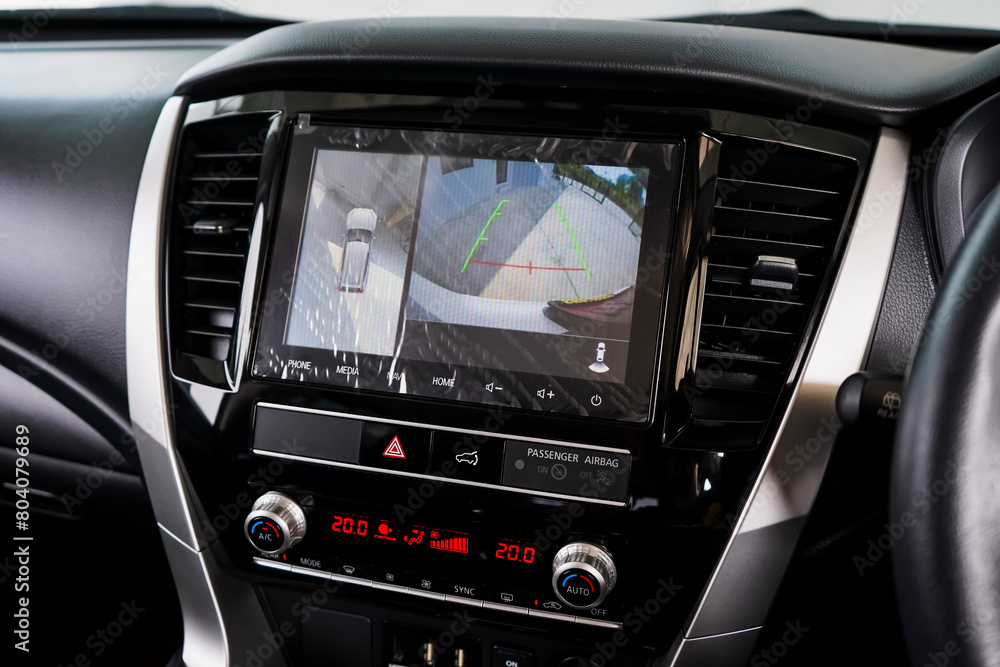
Reverse cameras, also known as backup cameras, are advanced safety features installed in commercial vehicles to provide drivers with enhanced visibility when reversing. These systems help to eliminate blind spots and enable better awareness of the surrounding environment, thereby preventing accidents and injuries involving pedestrians, cyclists, and obstacles.
Importance of Reverse Cameras
Enhanced Safety: Reverse cameras significantly improve the driver’s line of sight while backing up, reducing the likelihood of collisions with obstacles, pedestrians, or other vehicles.
Regulatory Compliance: Many jurisdictions require commercial vehicles to be equipped with rearview cameras, especially those that frequently operate in urban environments or areas with high foot traffic.
Improved Maneuverability: With visual aids provided by reverse cameras, drivers can navigate tight spaces more confidently, particularly in busy loading docks or narrow streets.
Cost Savings: By preventing accidents and subsequent repair costs, reverse cameras can save businesses money over time. They may also lead to lower insurance premiums due to increased safety.
There are various options for reverse cameras, each designed to meet specific needs and applications within commercial vehicles:
Basic Rearview Cameras
Description: These are standard cameras that provide a wide-angle view of the area directly behind the vehicle. The video feed is transmitted to a display screen in the cabin, allowing the driver to see obstacles when reversing.
Features: Typically offer grid lines on the display to assist with distance estimation and alignment.
Use Cases: Suitable for most commercial vehicles, such as delivery vans and light trucks.
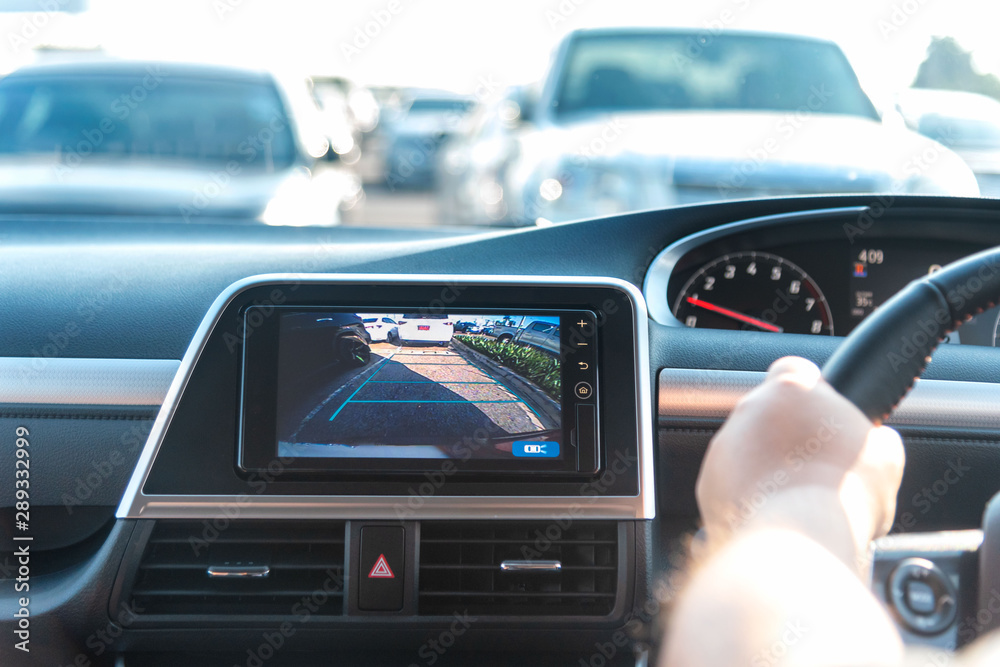
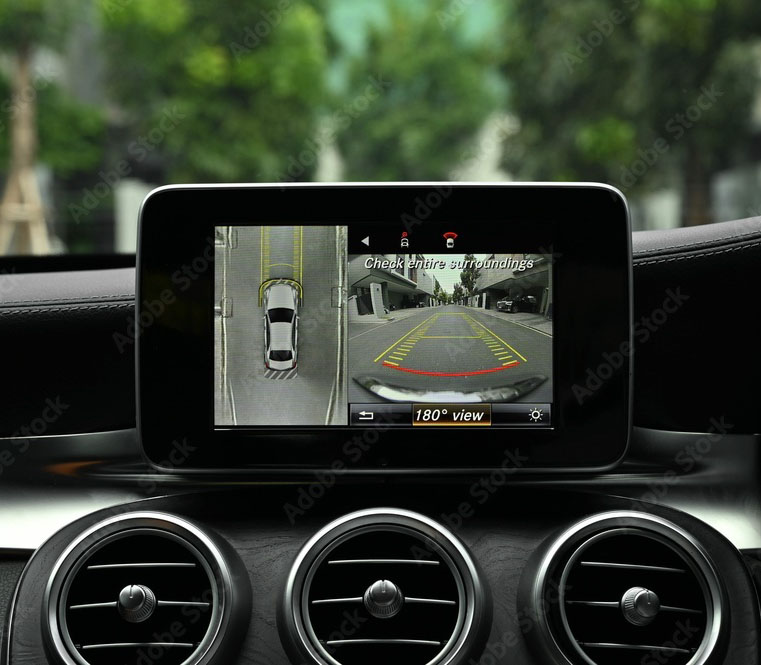
Multi-Camera Systems
Description: These systems include multiple cameras placed at various points around the vehicle (such as front, sides, and rear) to offer a comprehensive view of the vehicle’s surroundings.
Features: Often integrated with advanced software for features like split-screen viewing or panoramic views, providing a more complete picture of the environment.
Use Cases: Ideal for larger vehicles, such as trucks, buses, and construction vehicles operating in congested or complex environments.
360-Degree Surround View Systems
Description: Advanced camera systems use multiple lenses to create a real-time bird’s-eye view of the vehicle’s surroundings. These images are stitched together to provide a seamless view.
Features: Allows for 360-degree visibility, significantly reducing blind spots and enhancing maneuverability.
Use Cases: Best for large fleets, delivery trucks, and vehicles operating in tight spaces, such as construction and utility vehicles.
Integrated Reverse Camera Systems
Description: Some vehicles come with factory-installed reverse cameras that can be integrated into the existing infotainment system or rearview mirror display.
Features: Designed for seamless operation and additional connectivity features, such as mobile app control or connection to other vehicle systems.
Use Cases: Ideal for new vehicles or those looking for a fully integrated solution.
Night Vision Cameras
Description: These cameras use infrared technology to provide visibility in low-light conditions, ensuring safe maneuvering at night or in poorly lit areas.
Features: Capable of displaying clear images in darkness, often with motion detection alerts.
Use Cases: Useful for vehicles that operate during nighttime or in dimly lit environments.
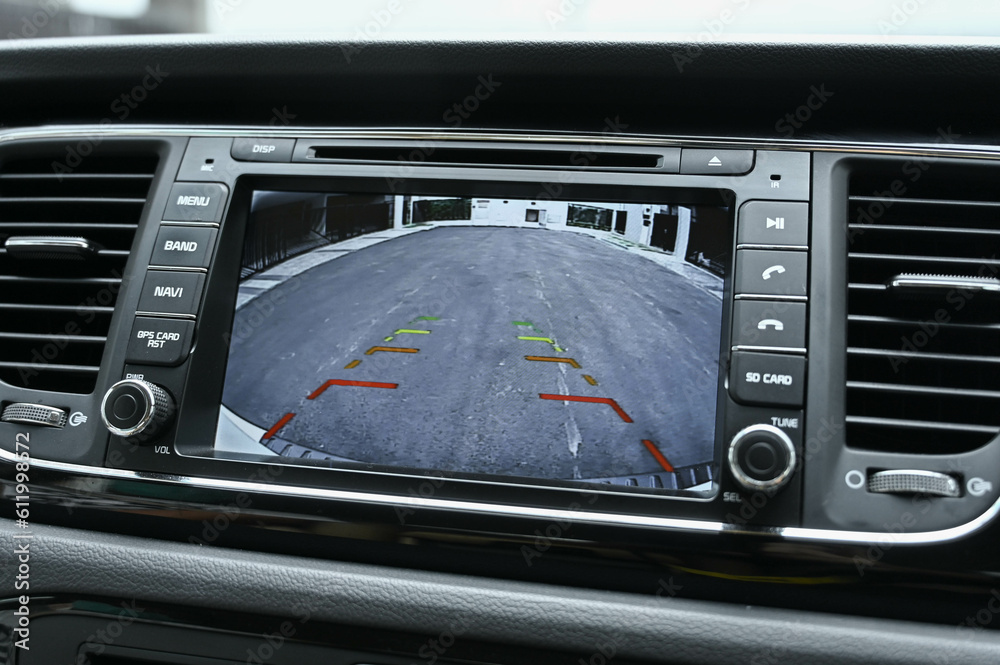
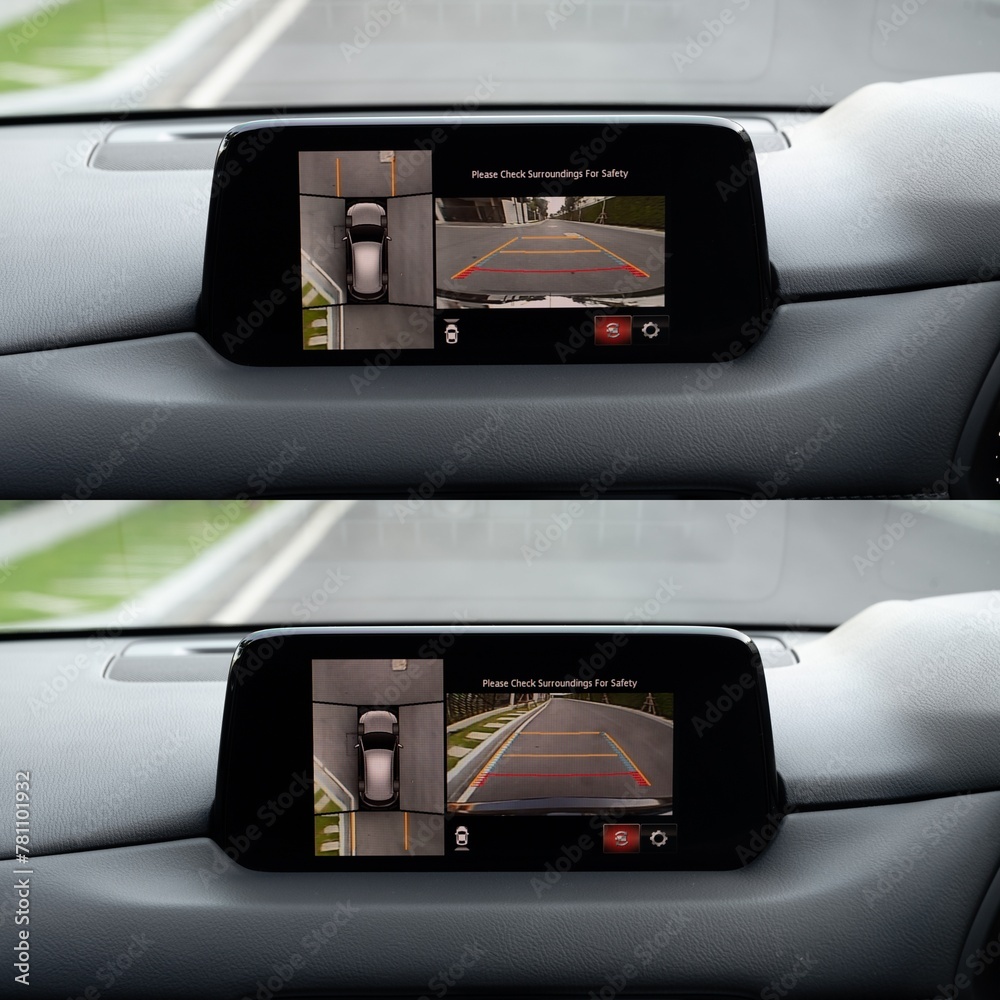
When selecting a reverse camera for commercial vehicles, several factors should be considered:
Vehicle Size and Type: Larger vehicles may benefit from multi-camera or 360-degree systems to cover larger blind spots.
Installation Environment: Assess where and how the vehicle will operate. Construction or urban settings may require more advanced options with added visibility features.
Regulatory Compliance: Ensure the selected camera system meets any local regulations or safety standards relevant to your vehicle operations.
Durability and Weather Resistance: Choose cameras that are designed for rugged environments, with ratings for water and dust resistance to ensure longevity.
Display Compatibility: Check that the camera system is compatible with your vehicle’s existing displays or infotainment systems.
Reverse cameras are vital for improving safety and operational efficiency in commercial vehicles. With various options available, businesses can choose the system that best meets their unique requirements and enhances driver awareness. By investing in high-quality reverse camera systems, companies can reduce the risk of accidents, comply with safety regulations, and promote a culture of safety within their operations.
We provide a wide range of high-quality reverse camera systems specially designed for commercial vehicles. Our experienced team can help you find the perfect solution to enhance safety and efficiency for your fleet.


